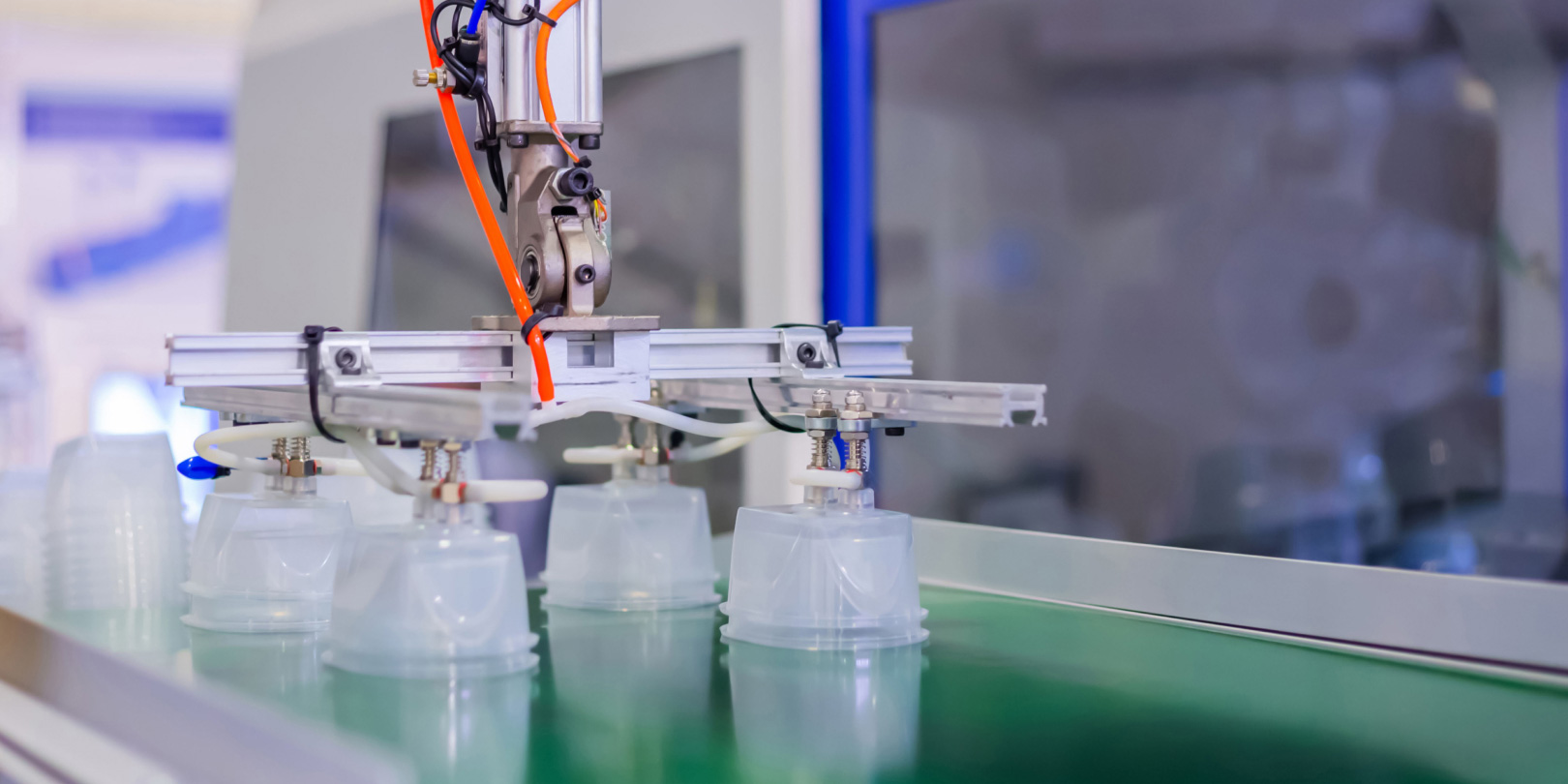
Smart story
Smart manufacturing: The complete package
Smart manufacturing has the power to transform. That's why so many manufacturers have taken the first step by investing in new equipment and technology. But, according to Jesse Storm, manager with Deloitte Consulting, technology is just part of the story.“Our mantra is people, process, and technology,” Storm said. “Yes, you need the technology, but you also have to train people how to use it and to establish smart processes that maximize its efficiency.”We recently helped one of our clients do just that.
The Challenge
We have a client that is a large packaging manufacturer specializing in making plastic containers for food and other household items. They were faced with a couple of issues and asked for our help. Three of their plants had older, inefficient equipment. And the fourth plant had newer equipment, but they didn't know how to use it.
The Smart Factory approach
Storm and his team took a two-pronged approach: intelligence gathering and data collection.
To begin the process of modernizing the equipment in their older plants, we spent six weeks interviewing everyone—material handlers, maintenance staff, floor operators, and more. We did a deep dive on what their responsibilities were and what core issues they faced.
At the newer plant, we took a similar approach. We spent a lot of time with their engineers to understand how one product in particular was made at this plant, from end to end. We learned that it was a new plastic packaging product that could be used for hot fillings, like pizza sauce. It had the same thermal properties as glass but was less expensive. However, the process was brand new and very unstable; if you didn't know how to operate the machine properly, the hot fillings could melt the plastic, which was happening. As a result, orders were backing up.
At the same time, we were collecting all the data points from every machine in order to gauge the efficiency levels of each.
What Happened next
We took a mix of what we heard from the people at the plants and married that with the data we collected to develop custom smart factory solutions to address their problems.We focused on improving real-time visibility into key data points during the plastic bottle manufacturing process—like plastic temperatures and air tube pressure, for example.We implemented real-time alerts to spot issues quicker and send to the appropriate person, be it a maintenance person or programmer.We established continuous product inspection so they could perform check-ins during manufacturing and improve overall design.There were other solutions, as well: set point optimization to maximize quality and yield, and recipe optimization to determine the best formulation for each plastic product.We also implemented a plant control tower that provided a summary of factory performance with Overall Equipment Efficiency (OEE) insights. We gave them access to this information via web browser, tablets, and TV screens directly on the production line. We also distributed digital radios for alerts and sent out email notifications.
"Perhaps the most important piece is training people to be
more effective at their jobs."
— Jesse Storm
Looking ahead
While Jesse is proud of all the work his team did, he said it's important to remember that smart manufacturing is not a “flick the switch and it works like magic” proposition.
“The technology's important, of course,” Storm added. “But the process is just as critical. “It's thinking about how we can do things differently. For example, instead of writing things down on paper to track production, what if we redesigned the process so it's automatically reported to the system?”
The client saw great results at one plant because there was an employee who was a little tech savvy but also really curious. And he kept finding new ways to use the data to solve all sorts of problems. Quick example: To ensure correct label placement on bottles, they would have to spend $30,000 per line to check that. But with the data points we collected, this one employee discovered they didn't need to spend that money because the data showed when a label wasn't properly placed.
Storm was asked if there's anything else that other manufacturers can learn from this experience. “Yes, absolutely,” he said. “That you don't have to overhaul all your equipment. There are different ways to get started and see benefits. It just requires a little bit of training, discipline, process, and technology.”

